Automobiles have advanced in numerous ways over the last century, with every aspect reinvented and reimagined to align with the ever-changing standards. As a result, some old features got phased out gradually due to safety concerns, designers butchered some, and others fell out of style. But despite the tech-laden variety of automobiles on the market today, these modern cars are now increasingly similar in most ways.
With automakers primarily focused on more power, fuel economy, and safety, modern cars don’t live up to the charm, character, and fun that drivers enjoy in classic cars. And for anyone who loves vintage cars, you probably understand that as much joy comes from these seemingly bad classic features as the vehicles. Scroll through to see how many of these features from the past you can remember.
10 Chrome Bumpers
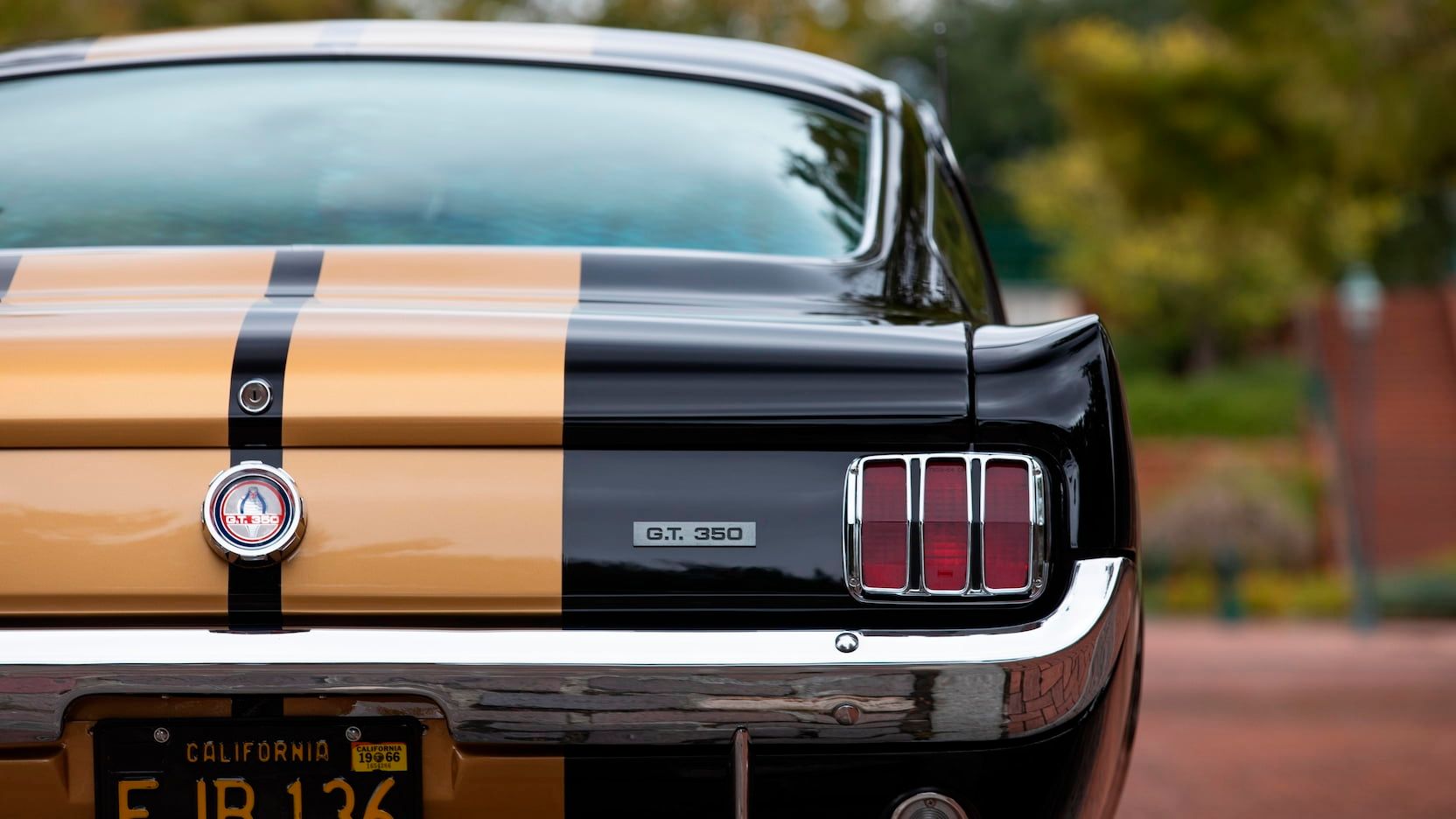
For longtime automobile enthusiasts, ‘chrome’ brings memories of bumpers instead of the popular web browser. In addition to the character that chrome bumpers added to classic cars, chrome-plated finishing improved durability, hardness, and corrosion resistance, not forgetting how easy they were to clean.
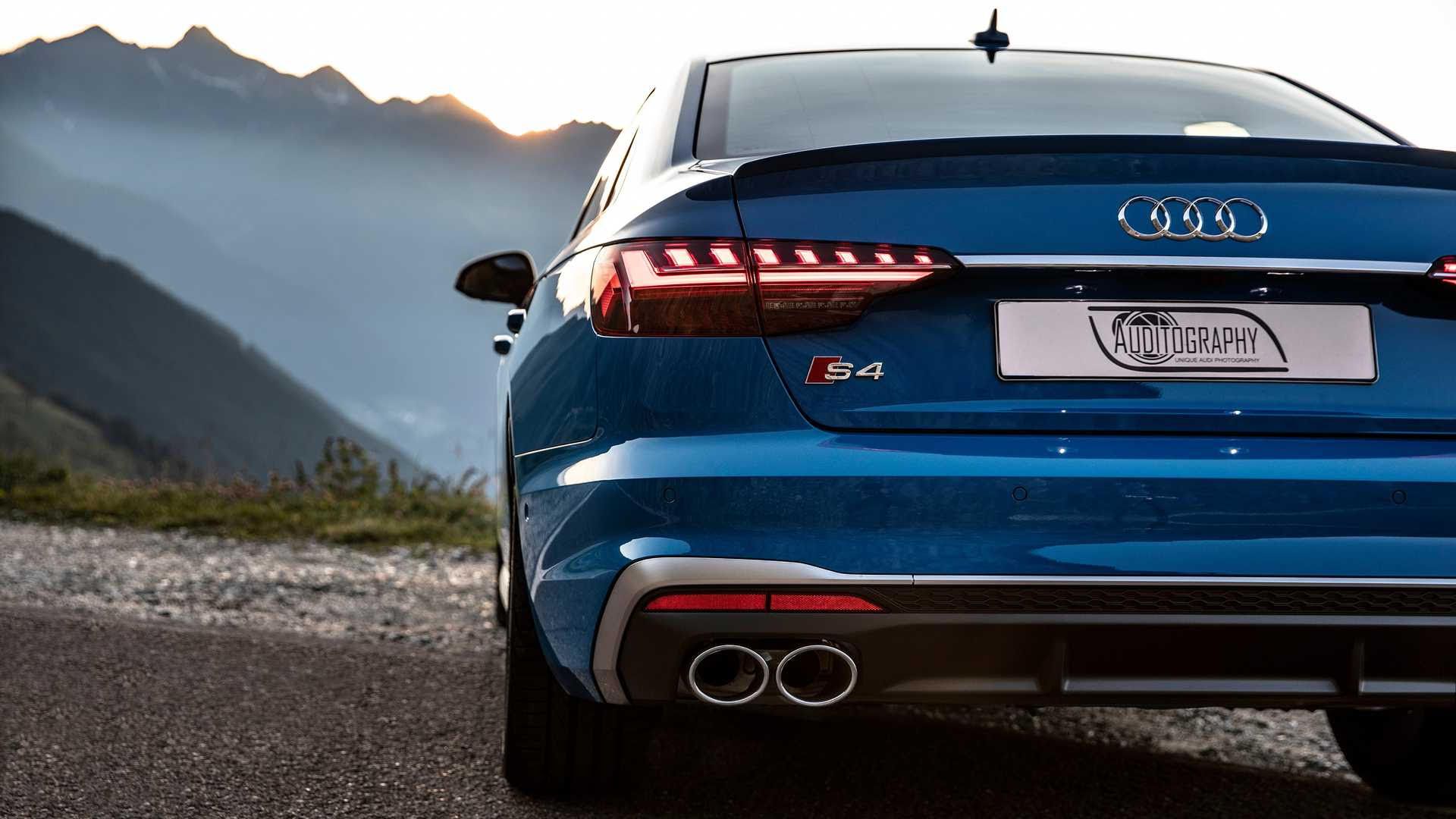
Conversely, chrome bumpers were significantly heavy, and better fuel economy called for lighter weight and improved dynamics. From the mid-90s, automakers gradually phased out these aesthetically pleasing chrome bumpers with more mundane plastic bumpers that were less prone to rust, denting, and fading.
9 Full-Sized Spare Tire
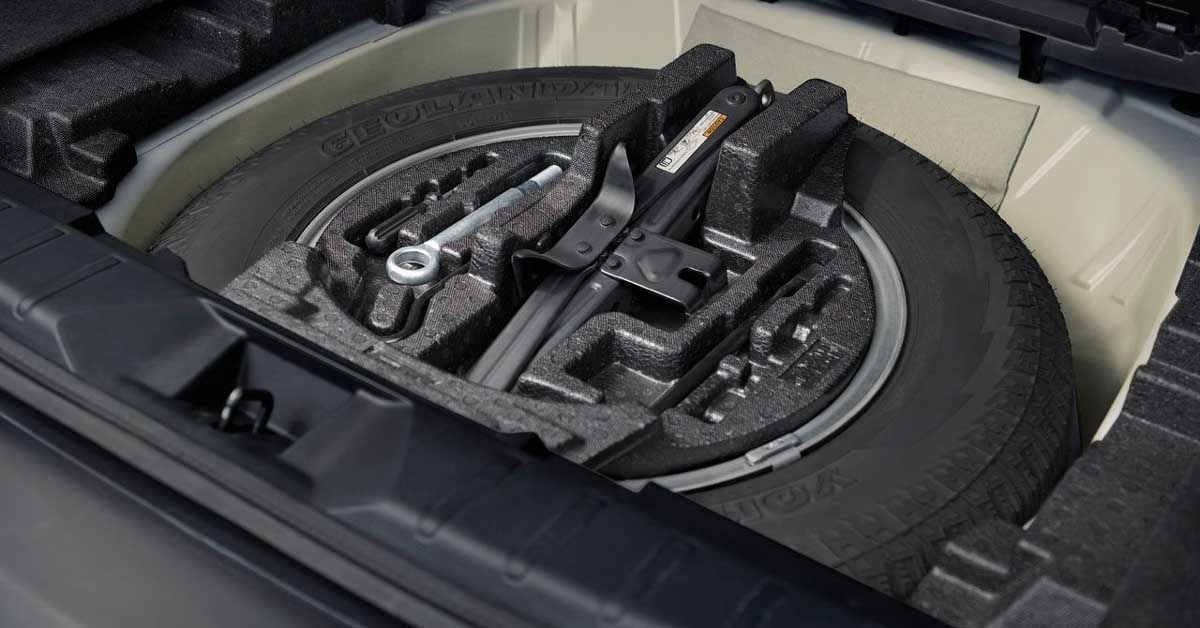
In the past, suffering a puncture was a minor issue because drivers had a foot pump and a handy toolbox to change the wheel and get going without too much delay. Admittedly, these full-size spare wheels were more relevant in the past because tire trouble was more frequent.
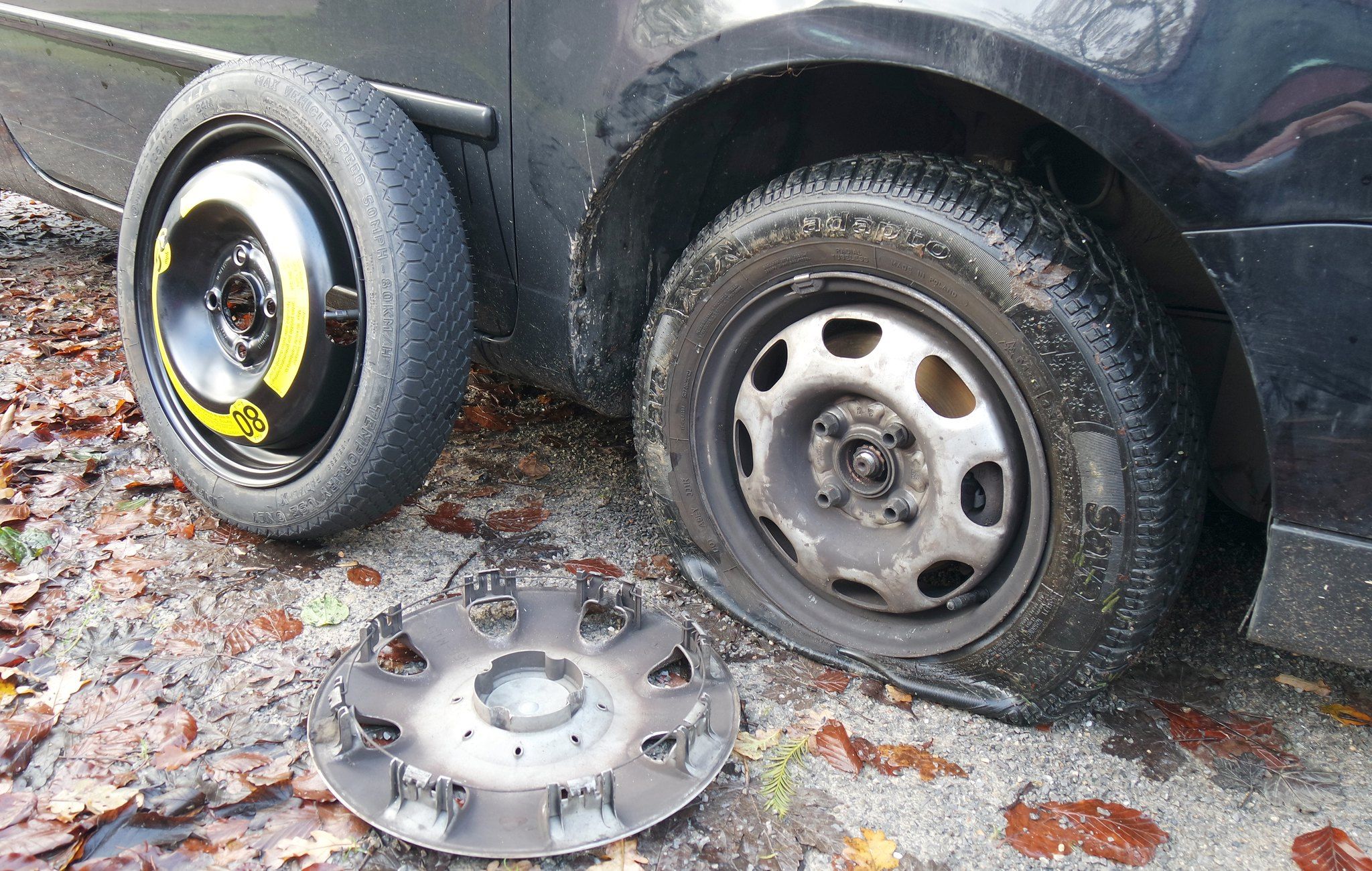
However, most modern vehicles’ thin, pathetic-looking space-savers are a slight headache because you are limited to a recommended top speed. And with more cars stashing batteries below the trunk floor, spare wheels altogether may well be on their way out.
8 Classic Manual Parking Brake
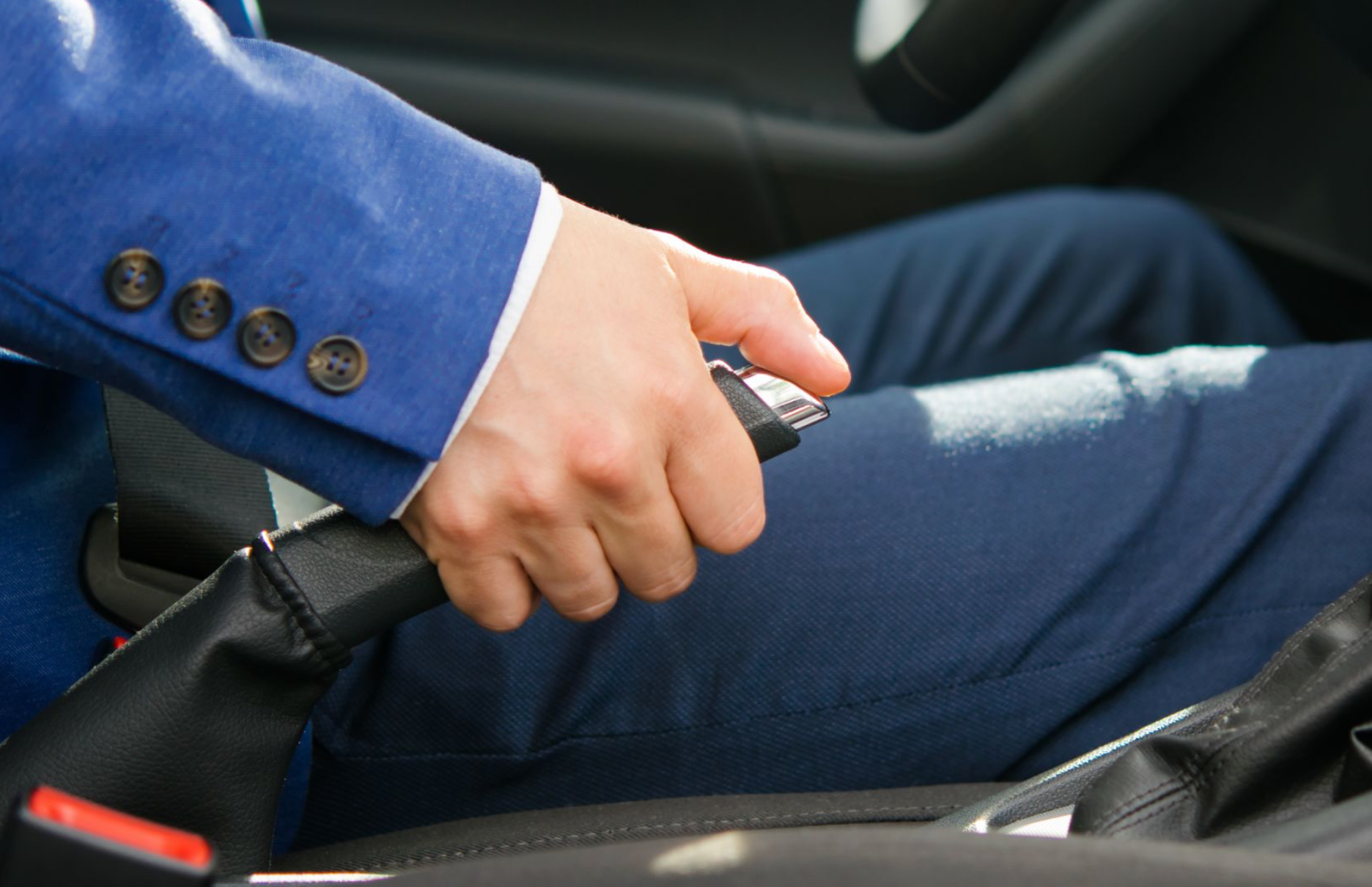
The manual parking brake and the manual transmission are condemned to the same fate, and it’s not difficult to imagine a period when they disappear entirely. But we love the traditional brake lever because it connects the driver to the vehicle, acts as an effective backup brake, and allows for a bit of hooligan drifting (on spacious private land, of course).
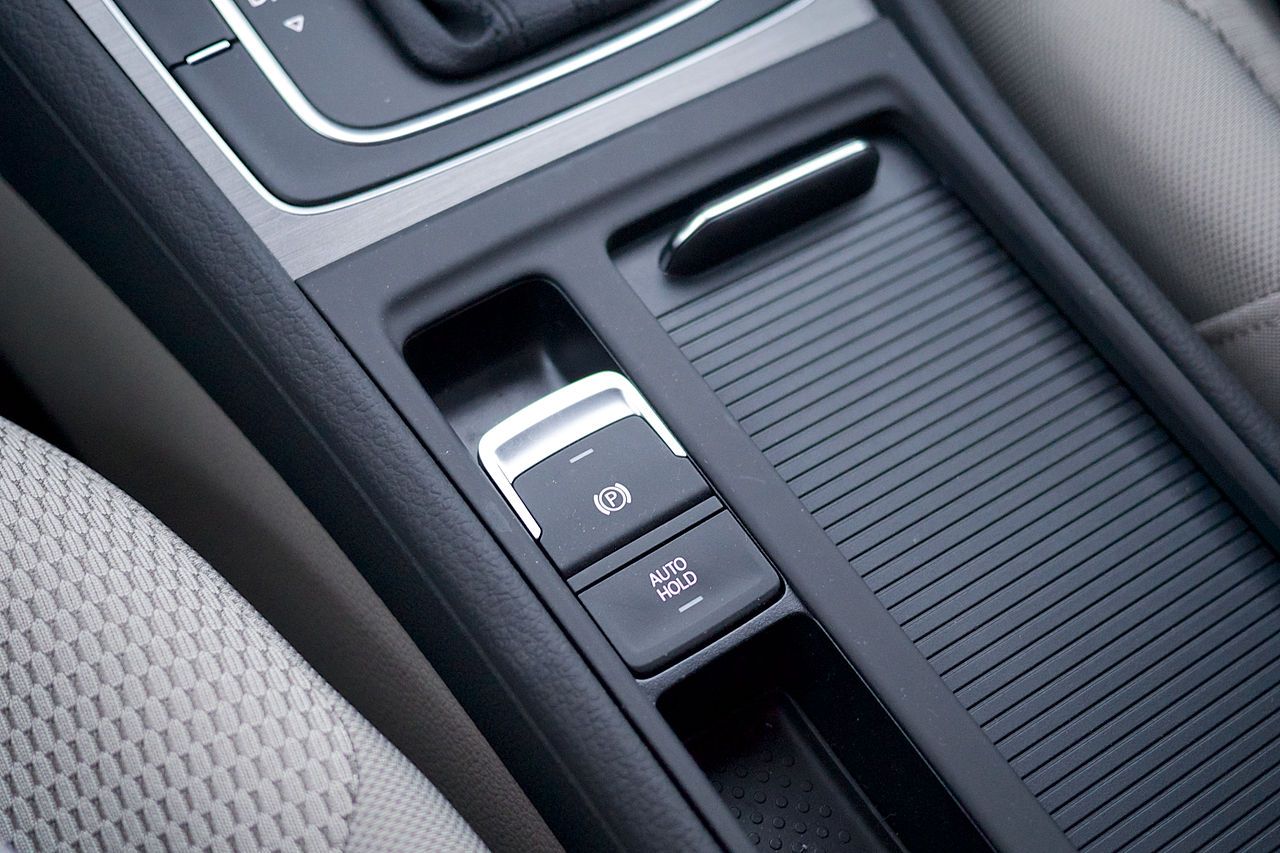
Although there wasn’t too much wrong with the manual, automatic handbrakes are more sensible. They contribute to dull driving, but they are self-adjusting, occupy less space, and can be integrated with other electric features like hill-hold assist.
7 Hand-Crank Windows
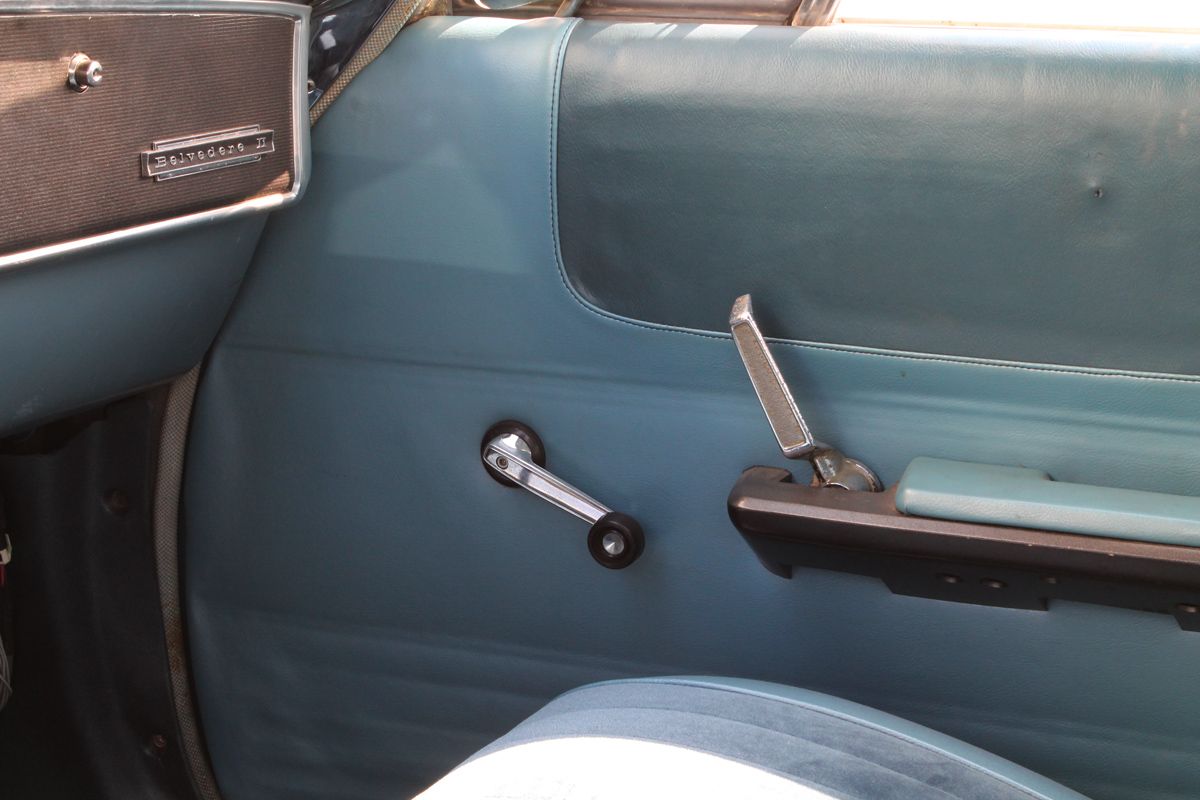
Most people refer to the classic hand-crank windows as ‘keep fit’ as though it’s a bad thing. Okay, it can get annoying when you have to walk around to roll them up when everyone leaves, but let’s break things down a bit further.
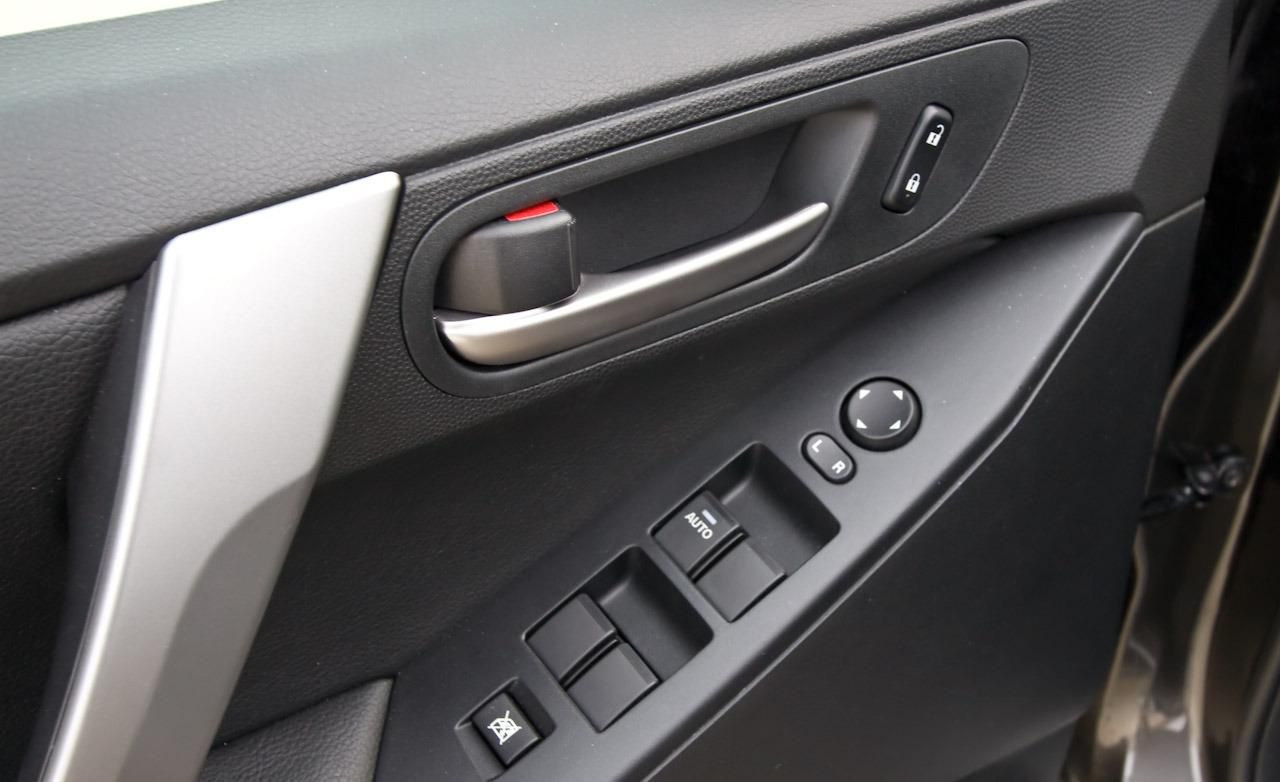
Electric-powered windows are easy to operate, but they are more prone to failure and arguably harder to fix if they do. The rational argument makes electric windows a hard sell since manual ones are very reliable, durable, and still hold a bit of charm because they instantly place a vehicle in a specific era.
6 The Classic Steering Wheel
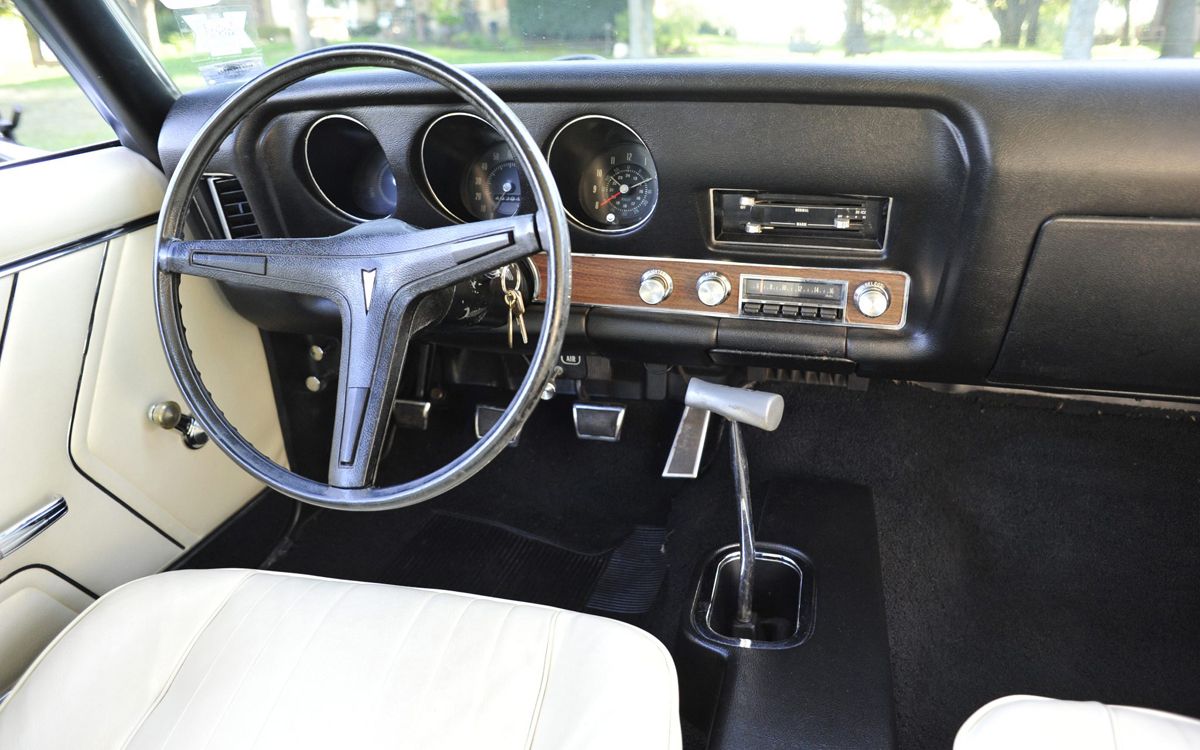
Old cars kept things simple and minimalist with a round, often attractive steering wheel design. Driving was easy and enjoyable because drivers only had to hold onto the wheel, focus on the road ahead, and work through the attention-demanding manual gearbox.
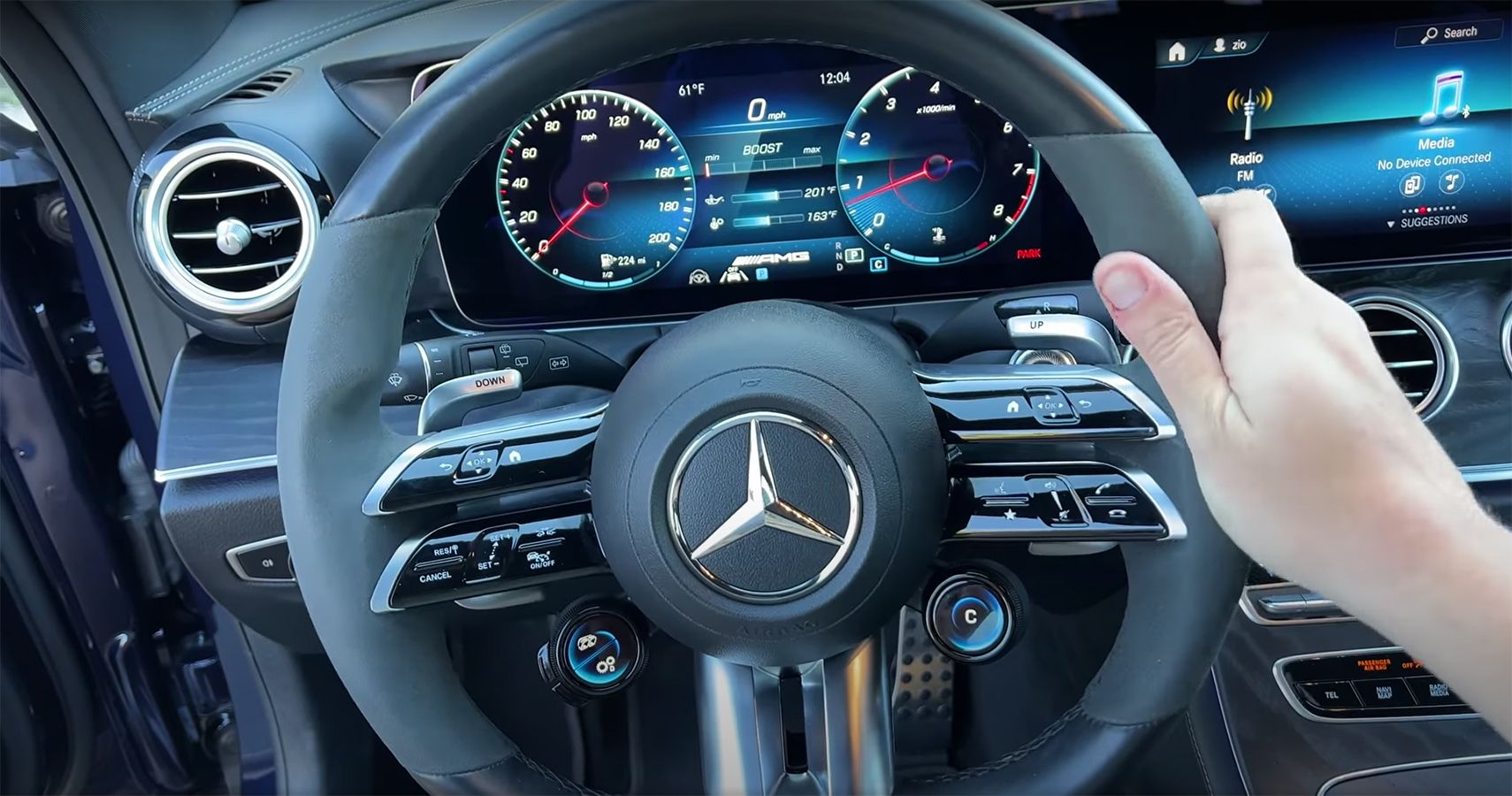
The modern steering wheel comes in different designs with several additional functions that allow drivers to change cruise control, answer a call, flick through radio settings, and adjust the volume. While these features make it easy to control modern technology, they are still a slight distraction compared to the simple steering wheel from the past.
5 Thin A-Pillars
.jpeg)
Most classic cars featured thin A-pillars that made room for big windows. This combination helped to maximize visibility and also saved on the overall vehicle weight. However, these came at the expense of safety in case of an accident.
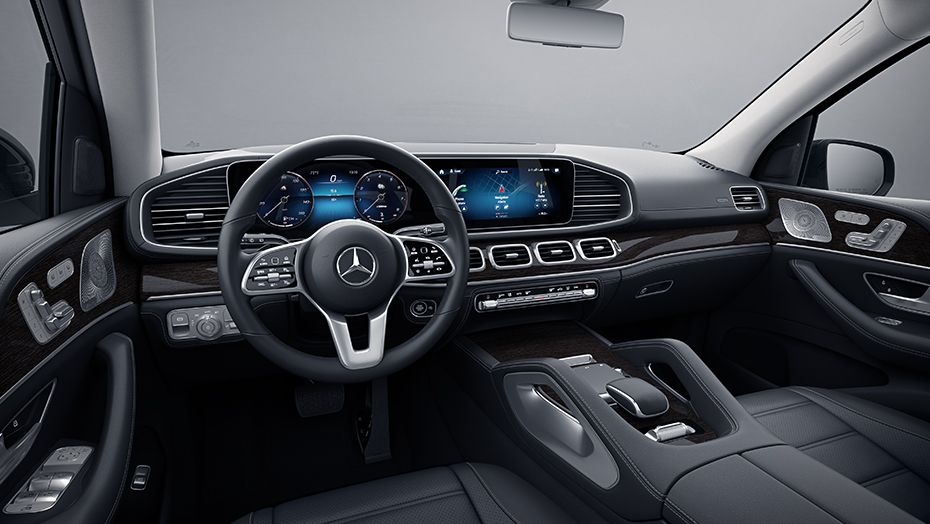
Nowadays, modern cars have wide A-pillars designed to make the windows and roof stronger to withstand impact. The trade-off is limited visibility that dangerously blocks the driver’s view of cyclists, pedestrians, and sometimes small cars.
4 The T-Top Roof
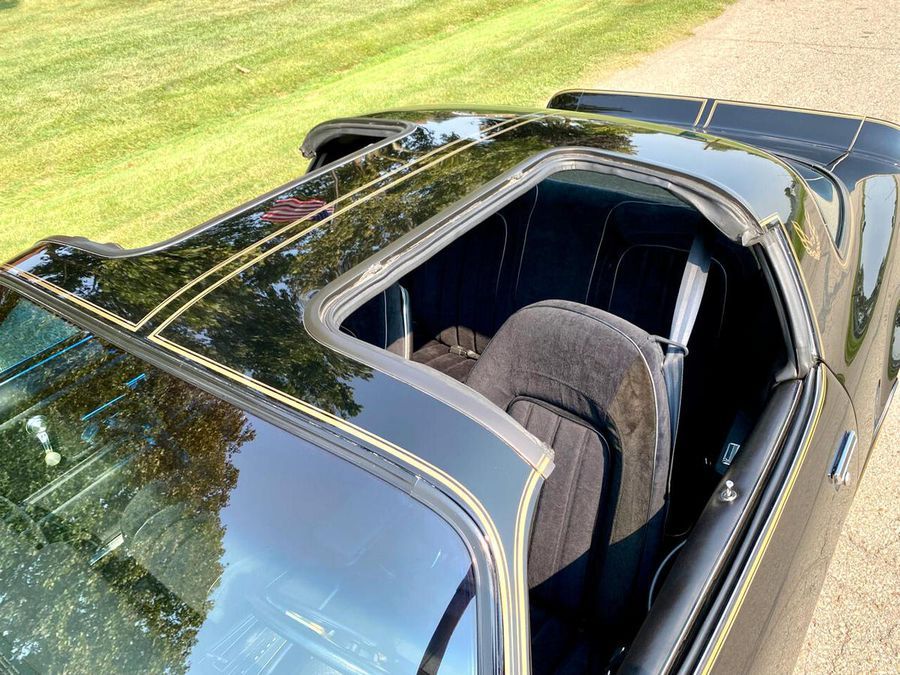
The awesome T-tops were popular options offered on some sports cars like Corvettes and muscle cars like the Pontiac Trans Am before the revolutionary ’90s. The easily-removable panels were so cool because you could own an open-air fun convertible and a hardtop in one.
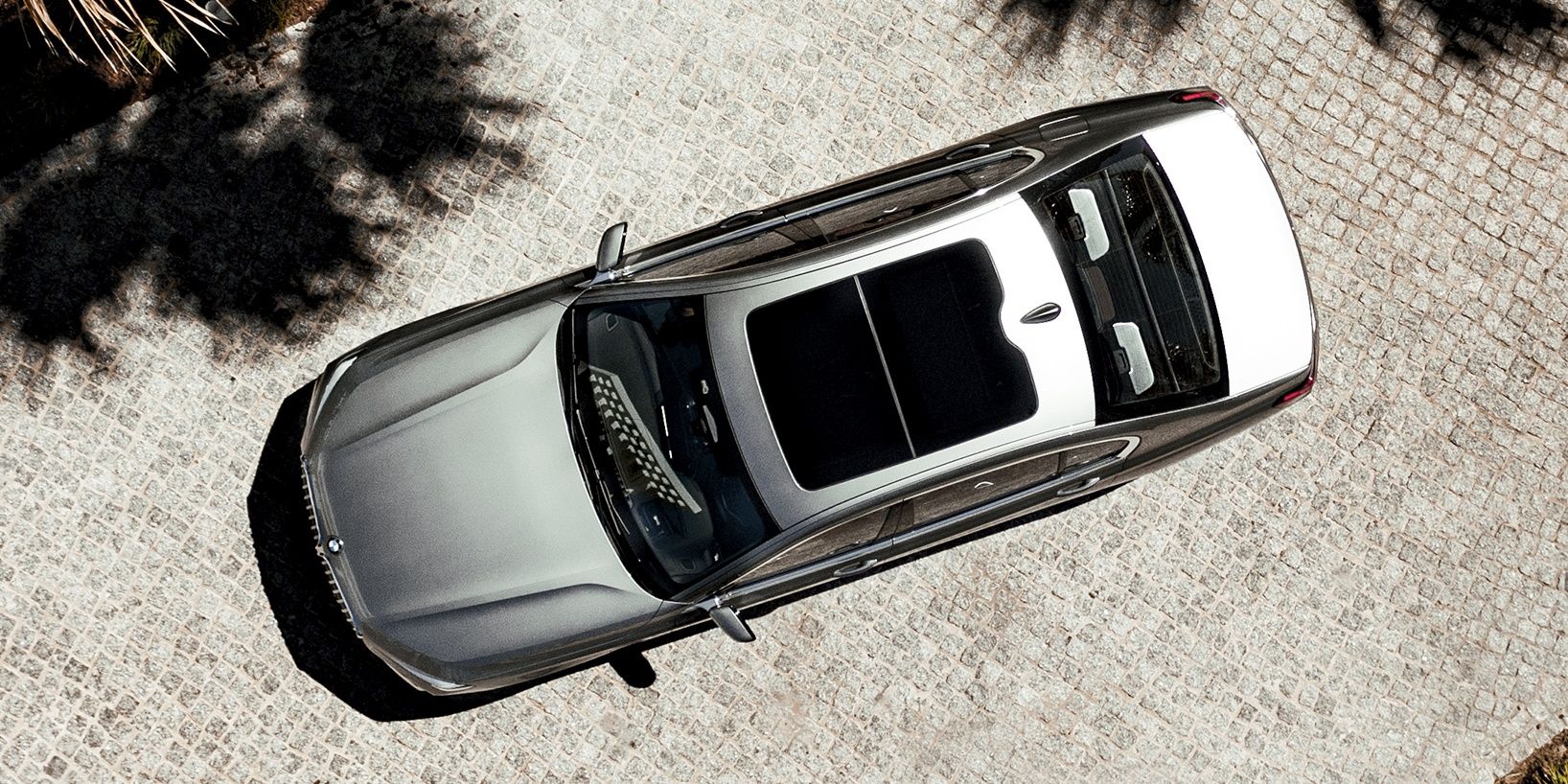
The biggest challenges with T-top roofs were leaks during wet days, panel rust, storage complications, and safety concerns in case of a rollover. Today, gearheads exclusively choose either a convertible or a hardtop with a good sunroof.
3 Bench Seats
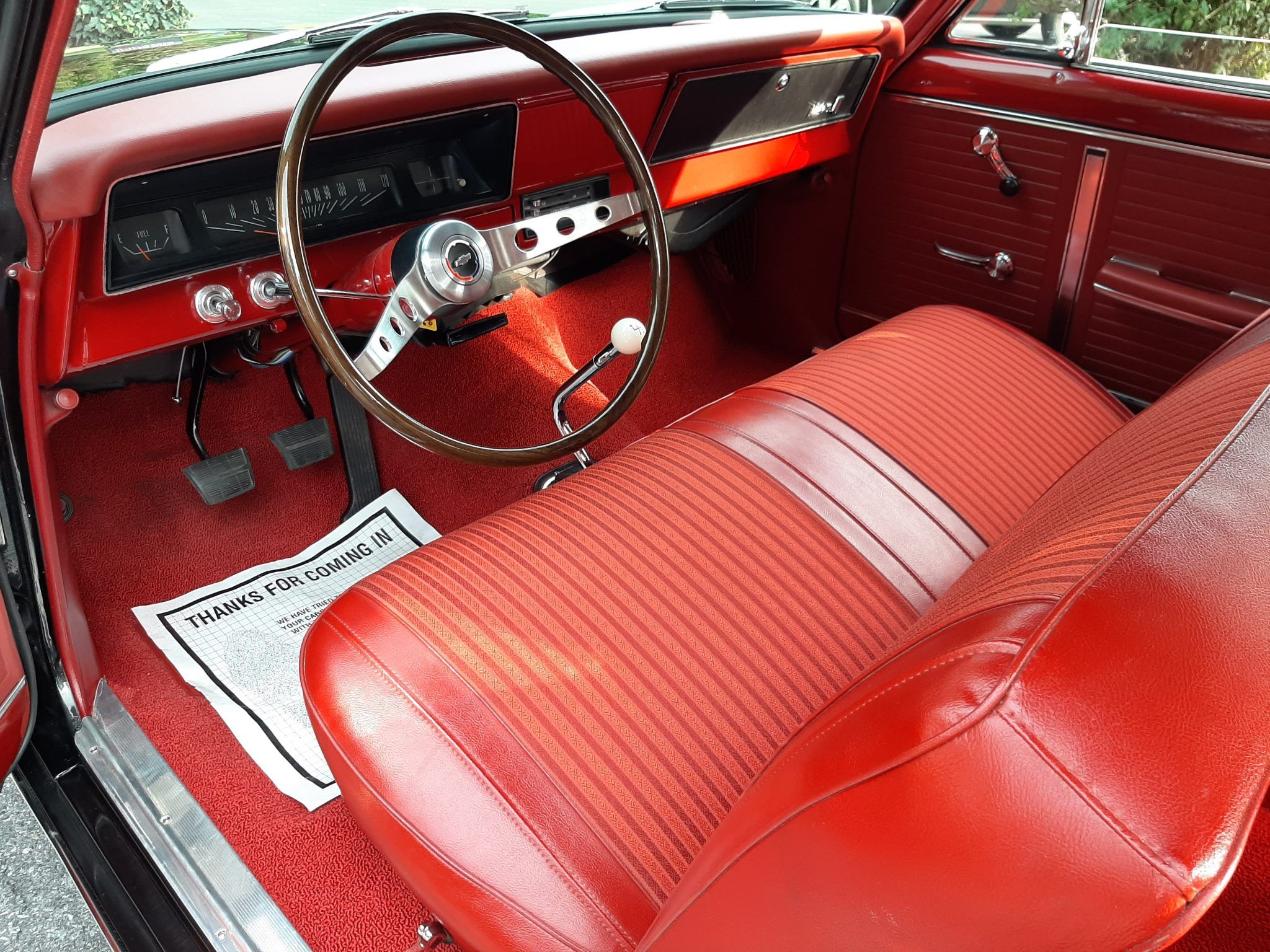
It’s not a complete discussion about old car features if front bench seats are not included. Unlike modern bucket seats, these retro bench seats were akin to a couch, and they allowed for a bit of intimacy and proximity between driver and front-seat passenger. In addition, they offered extra space to squeeze in a third person.
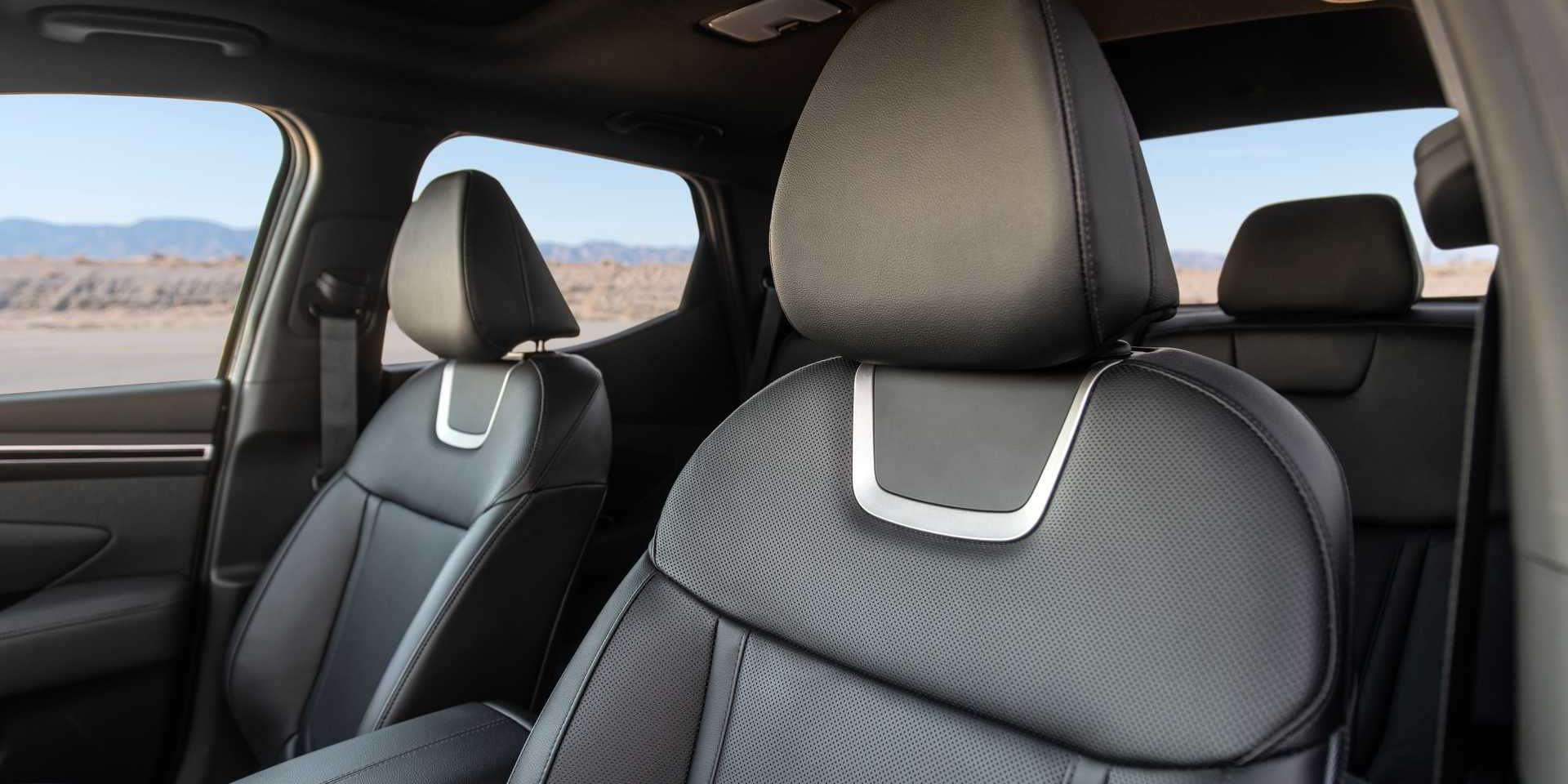
But for all the comfort and cheap manufacturing costs, bench seats were a safety hazard because automakers could not effectively fix the mandated seatbelts and airbags. Front bucket seats also afford a center console that now houses storage, control features, and switches.
2 Pop-Up Headlights
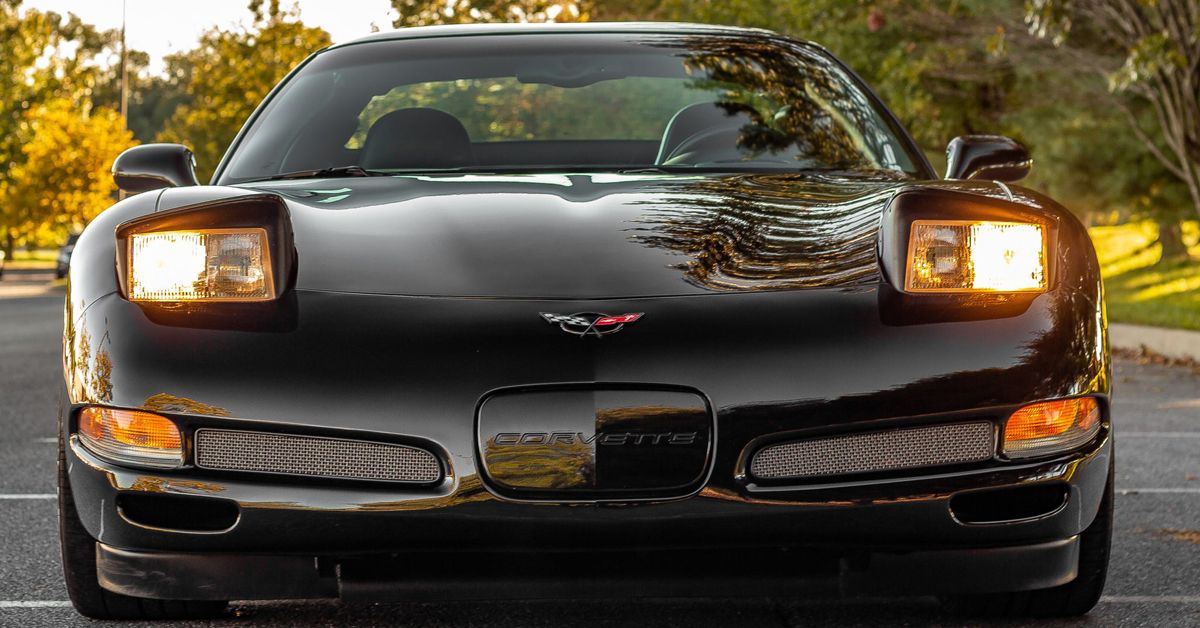
Pop-up headlights brought a space-age vibe and a sense of occasion and fun when they rose out and rolled back into the hood. These electric lights were also great at maintaining a clean and sleek vehicle design whenever they were completely hidden when not in use.
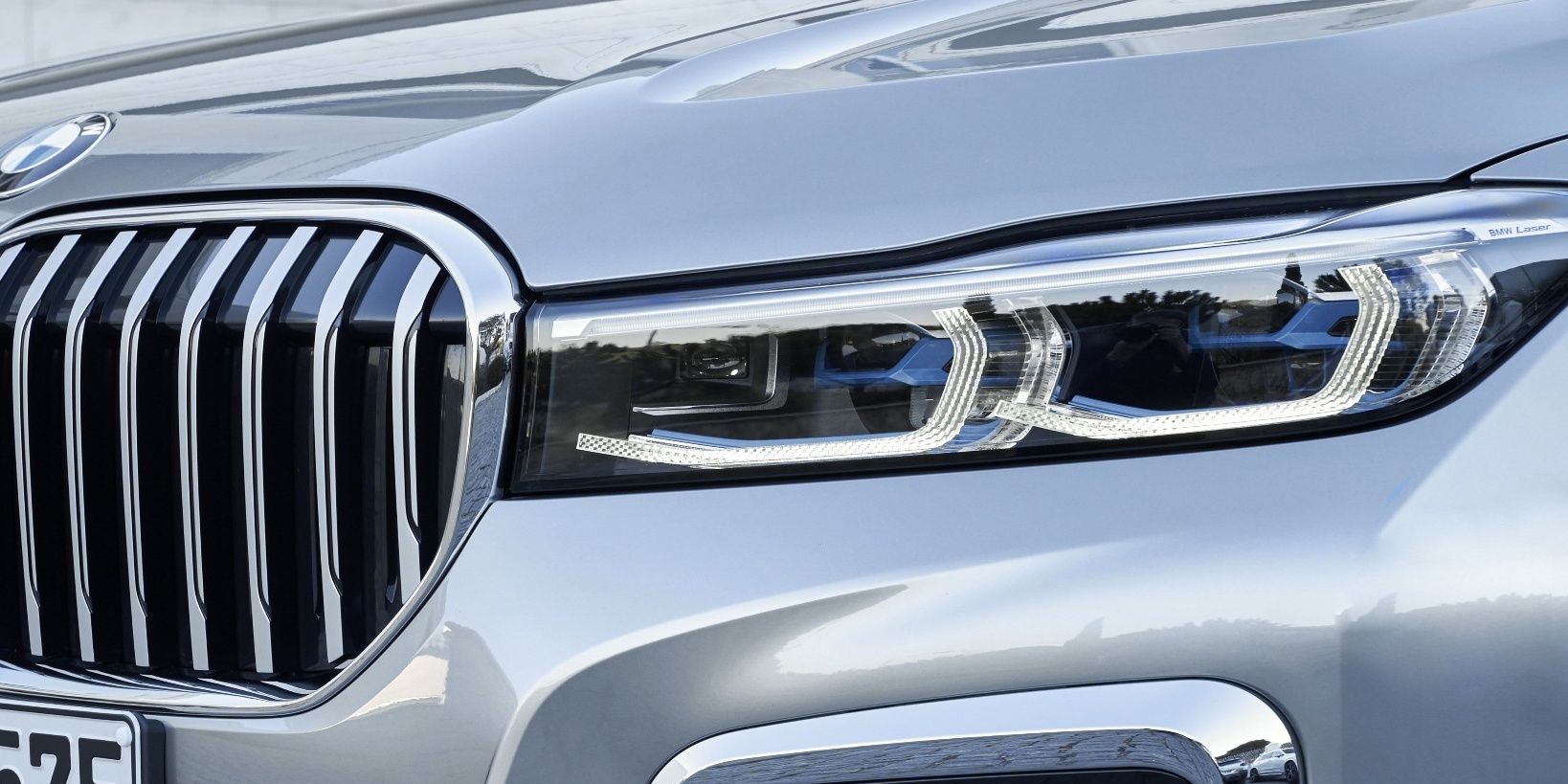
Unfortunately, pedestrian safety, increasing production expenses, wind noise, and aerodynamics eventually forced automakers to replace pop-up headlights with modern LED headlights. But try as they might, modern headlights can never be as satisfying to operate nor match the charm that pop-up headlights added to classic cars.
1 Simple Interiors
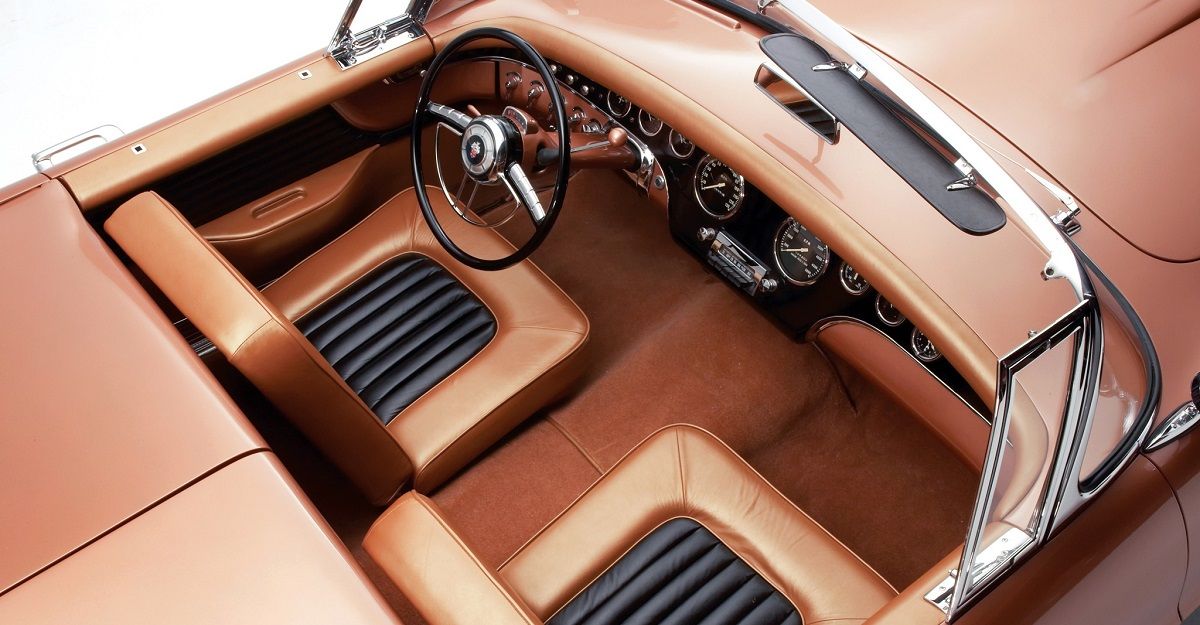
With a blend of exposed metal, leather, smooth wood, and plastic, classic car interiors were primarily clutter-free and felt reassuringly solid from the driver’s seat. Physical controls such as switches and knobs controlled everything, and dimly-lit yet clear analog instrument clusters completed the ambiance.
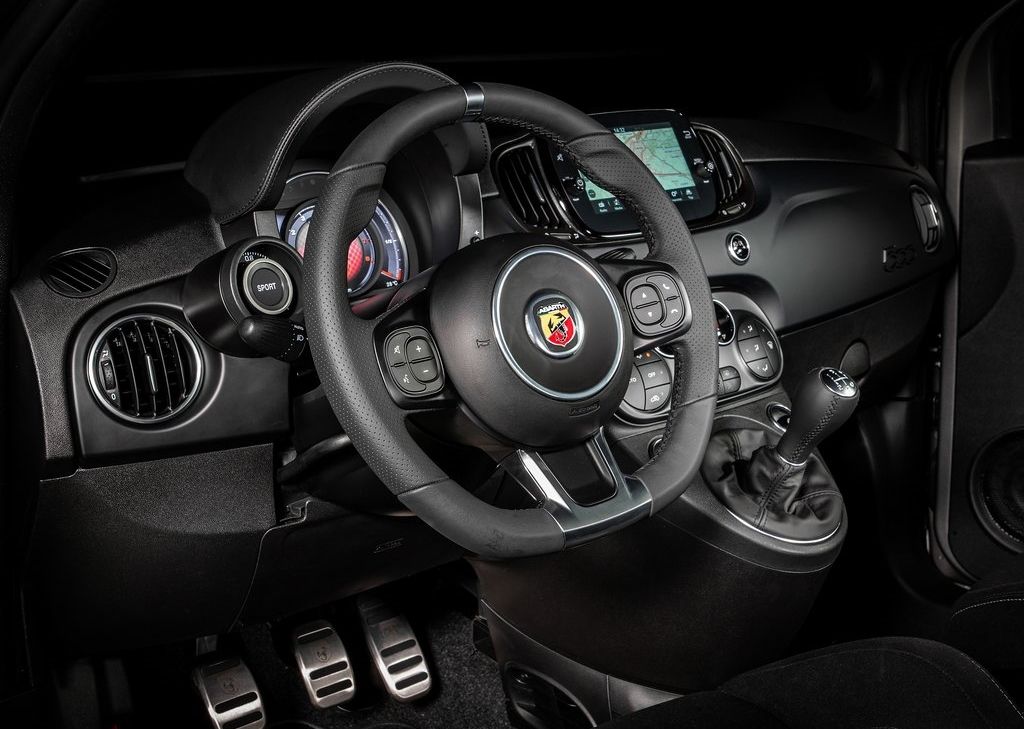
The transition to touchscreens arrived like a tsunami, and all buttons and switches disappeared into the sophisticated menus. Additional features in automobiles have improved functionality and practicality, but they also ensured a notable increase in interior clutter.
Read Next
About The Author
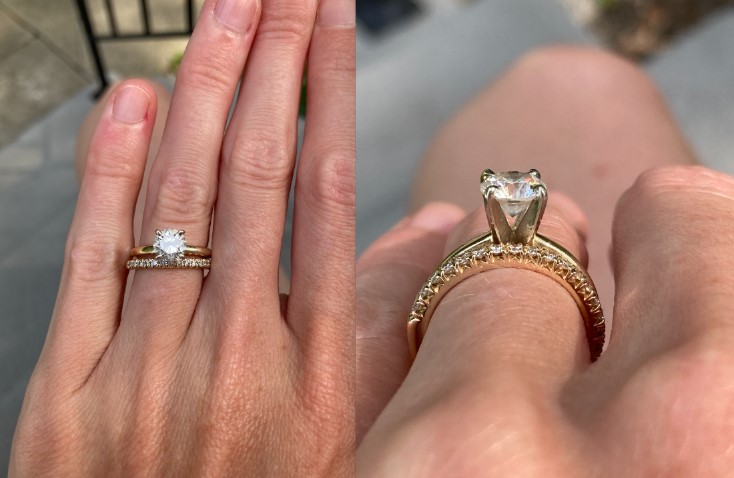
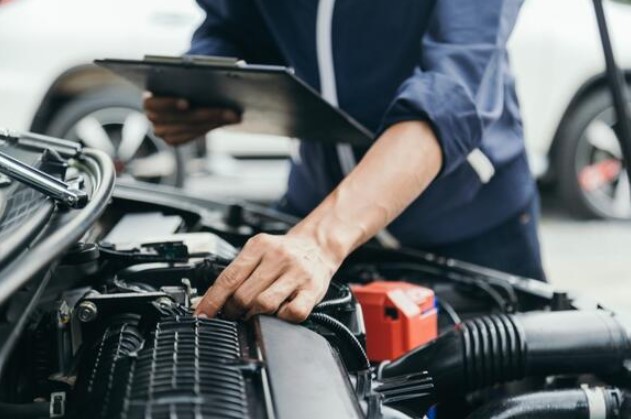
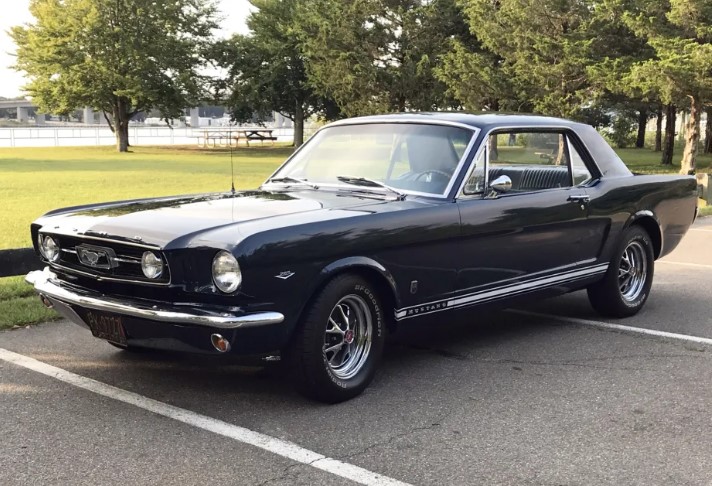

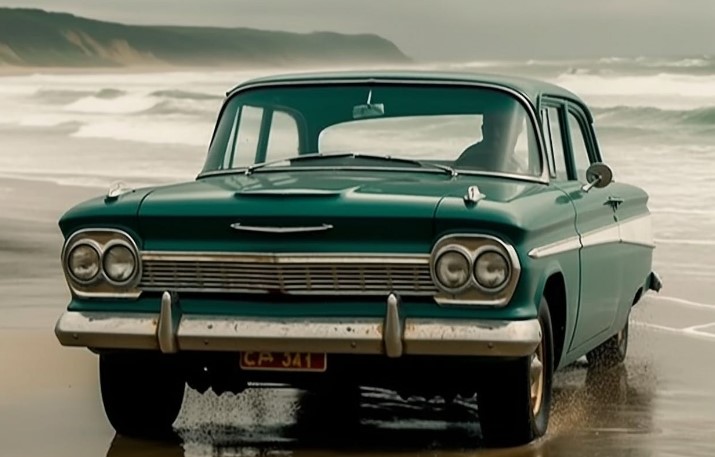
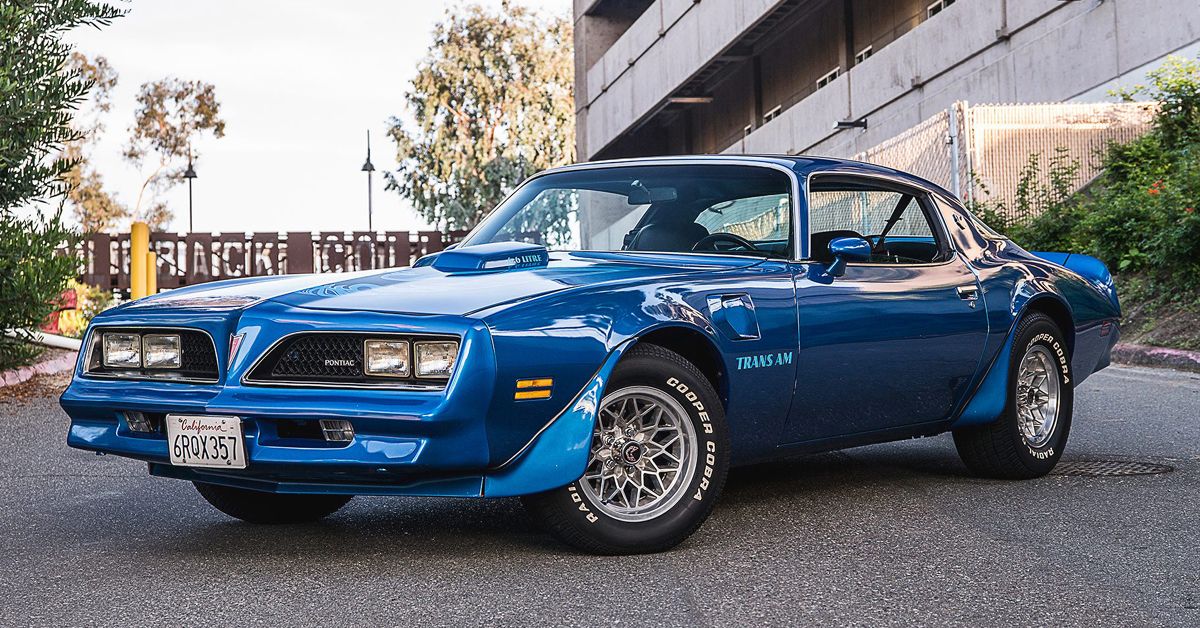
.png?fit=crop&w=100&h=100)
More Stories
Old Mustangs for Sale: Navigating the Allure of a Classic Ride
Vintage Mercedes: Unveiling Timeless Elegance and Engineering Mastery
Hemmings Classic Cars: Timeless Beauty on Four Wheels